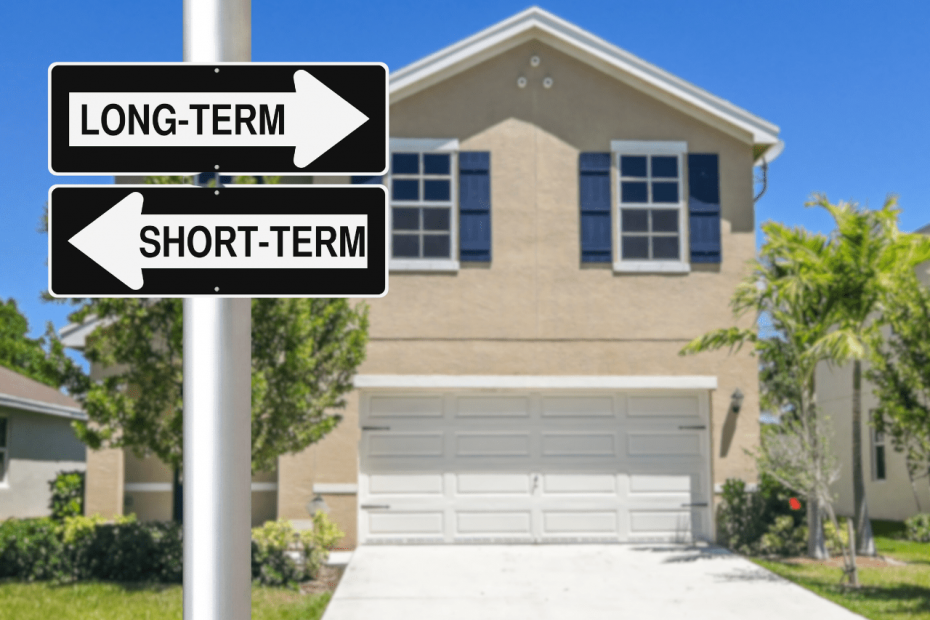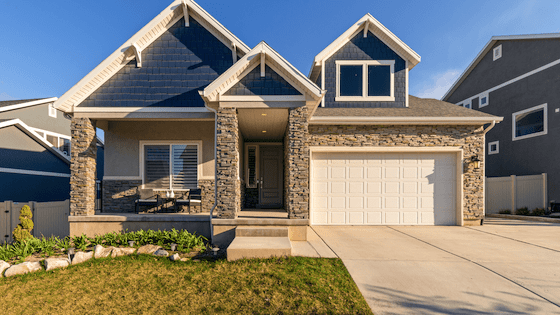Are you a home buyer or real estate investor? If so, you’ve probably contemplated whether to go with a 15-year or 30-year mortgage term. Different financial experts have different opinions on this, and they’re right in their own ways. Understanding the key differences between these options will help you make an informed decision regarding your mortgage.
Understanding Key Definitions
Before we dive into the details, let’s clarify some key definitions that will assist in your decision-making process.
Amortization: This refers to the reduction of debt over a specific time period. When it comes to fixed-rate real estate mortgages, each mortgage payment includes an interest payment and a principal payment, which directly reduces the loan amount. Initially, the interest payments are higher, and the principal payments are lower. As the loan progresses, this situation reverses.
PITI: Principal, Interest, Taxes, and Insurance make up the acronym PITI. Most mortgages include an escrow account set up by the lender to pay your property taxes and insurance premiums on your behalf. Understanding these components is important when considering the different interest rates and tax deductions for each mortgage option.
Net Operating Income (NOI): For real estate investors, NOI is calculated by subtracting operating expenses from the revenue generated by a property. Operating expenses include vacancy reserves, management fees, utilities, and rental licenses.
Cash Flow after Financing: This is distinct from regular cash flow calculations as it considers financing expenses. Considering the choice between a 30-year and 15-year mortgage, it is crucial to evaluate cash flow after financing rather than before. This metric helps you understand the true bottom-line benefit of each option and is calculated by subtracting CapEx reserves and financing costs from the NOI.
Advantages of a 15-Year Mortgage
Choosing a 15-year mortgage may be a great option depending on your goals. Here are a few advantages to consider:
- Pay it off faster: With a 15-year mortgage, you can expect to pay off your loan in significantly less time, although your monthly payment will be higher.
- Build equity faster: The higher monthly payments contribute to more equity in your home, allowing you to pay off more of the principal sooner.
- Fewer fees: Lenders view 15-year mortgages as less risky since they are paid off more quickly. As a result, these loans often come with fewer fees.
- Lower interest rates: Because 15-year mortgages are less risky for lenders, they typically offer lower interest rates compared to their 30-year counterparts.
Advantages of a 30-Year Mortgage
While a 15-year mortgage has its advantages, a 30-year mortgage may be a better fit, especially if you prefer low-risk leveraging. Here’s why:
- Lower monthly payments: Since the loan amount is spread out over a longer period, a 30-year mortgage offers lower monthly payments.
- Higher tax deductions: Due to the higher interest paid, tax deductions for mortgage interest payments are greater with a 30-year mortgage.
- More monthly income available: A 30-year mortgage allows for more monthly income to be allocated towards other savings goals, whether that be investments or building cash reserves.
Choosing the Best Option for You
When deciding between a 15-year and 30-year mortgage, consider your goals and how they align with your overall life or retirement plans. For investment properties, if your aim is to generate more income and cash flow for your children’s college fund, a 30-year mortgage may be the better choice. On the other hand, if building equity quickly for your personal residence to avoid a mortgage during retirement is a priority, consider a 15-year mortgage.
Flexibility is also crucial when considering life changes. Ensure that you can afford higher monthly payments in the event of unexpected circumstances such as job loss, family issues, or health problems. Additionally, if your goal remains paying off the property sooner and saving on interest, you have the option to make extra payments towards the principal even with a 30-year mortgage. Biweekly mortgage payments or additional payments can significantly reduce the loan term and interest charges.
Overall, the choice between a 15-year and 30-year mortgage depends on your specific circumstances and goals. Evaluate key factors such as equity building, cash flow, tax deductions, and your ability to adapt to potential changes. By considering these factors, you’ll be equipped to make an informed decision that aligns with your financial objectives.
Remember, GL&L Holdings is here to help you navigate the mortgage process with reliable and friendly assistance. Reach out to us for more information and to start building a strong financial future with GL&L Holdings as your lending partner.


